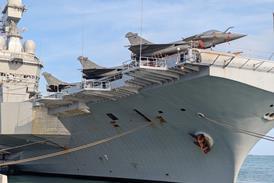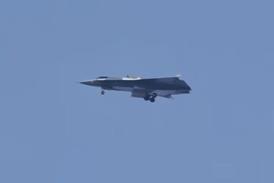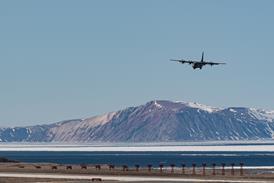Delhi holds talks with European, Russian and US companies over collaboration on possible twin-engined fighter
India plans to design and build a medium combat aircraft (MCA), expected to cost at least $2.3 billion and take more than 15 years to develop. The Defence Research and Development Organisation (DRDO), which is leading the project, is in talks with companies from the USA, Europe and Russia on a possible collaboration, says its head of research and development M Natarajan.
While the Indian government has not approved the programme, Natarajan is convinced the aircraft would be viable. "Our engineers have started to design, study and build a two-engined aircraft with stealth capabilities, closer to the fifth-generation fighter jets that are being developed," says Natarajan, who is also scientific adviser to the Indian defence minister. "We see the potential to build 200 to 300 MCAs when the programme eventually gets under way."
Studies will be carried out on the avionics, sensors, composite materials and stealth features that will be incorporated into the aircraft, he adds.
If successful, this would be the second fighter jet to be developed by the DRDO. It also developed the Tejas Light Combat Aircraft, which is being produced by Hindustan Aeronautics (HAL) and is scheduled to enter service with the Indian air force around 2010 - more than a decade behind schedule.
The DRDO also plans to build unmanned combat air vehicles (UCAV), with Natarajan foreseeing a market for about 100 such aircraft. Indian air force chief of staff Air Chief Marshal S P Tyagi said recently that acquiring UCAVs would be a priority in the next decade, but did not say if these would be of an indigenous design.
A New-Delhi based defence analyst says such projects are "simply too expensive, unrealistic and overly ambitious. Why spend so much on projects likely to be delayed when there is no certainty the air force wants them?" he asks.
Natarajan is convinced of the programme's viability, saying that the agency is "carving out a space for us through indigenous aircraft. I am 100% sure that the government will support us: we have received indications to that effect," he adds.
Source: Flight International




















